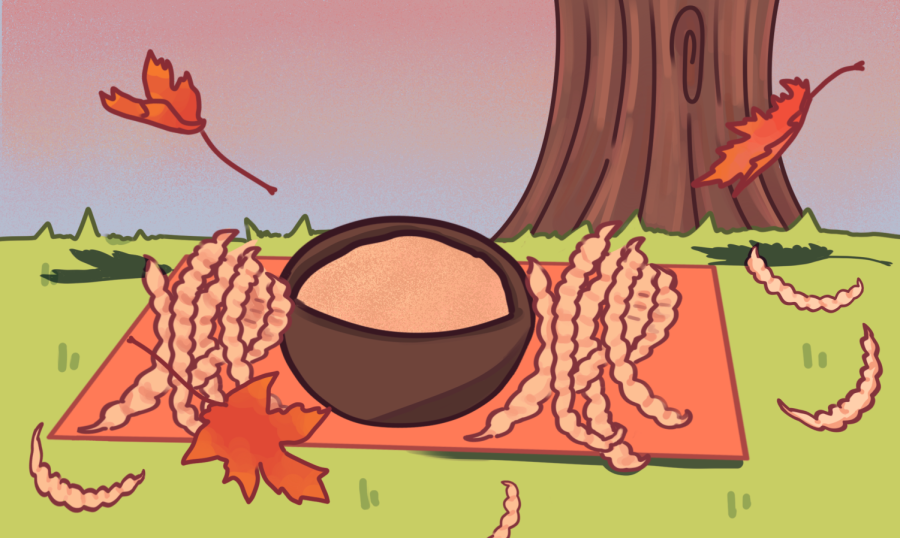‘Mesquite is the new pumpkin spice’
October 25, 2022
In 2012, Slow Food Austin, an initiative to encourage local food consumption, reached out to Sandeep Gyawali, a baker and former UT researcher, asking him to create a bread recipe that incorporated a unique ingredient.
Gyawali said that when he went to the grocery store and found a box of mesquite flour, he was surprised to find that it was imported from Argentina, considering the crop grows abundantly across Texas.
“It’s stuck in the back of my mind how we can possibly start a movement to start utilizing these things that are literally in their own backyards that are super delicious,” Gyawali said.
Though some chefs and Indigenous communities in Texas still foster current ties to mesquite, the ingredient stayed under the radar in most kitchens, Gyawali said.
After receiving a Culinary Grant from the Austin Food and Wine Alliance, Gyawali said he started the Texas Mesquite Movement to encourage people to start using the spice for purposes other than barbecue.
Gyawali said the goal of the Texas Mesquite Movement lies in educating people in Texas about a crop that makes up a large part of the state’s floor.
“One person can’t do a movement,” Gyawali said. “It’s about getting the community together, getting funding, and opening up people’s minds to this amazing plant that is such a rich culinary source for us.”
Texas mesquite producer and co-owner of McCartyLand Farms Sandy Ortiz McCarty said the long, bubble-shaped beans dangling from its trees make a notable addition to her farm. McCarty said after learning about the Texas Mesquite Movement, she contacted Gyawali and asked him for guidance on her mesquite supply. She said Gyawali taught her about the history of the trees, as well as how to pick and process them.
McCarty said since looking into the Texas Mesquite Movement, she has learned about the environmental benefits of the crop, including their ability to put nitrogen in the ground and help other plants.
“At the beginning of the season, when (I) walk by the trees, (I) can smell it (strongly),” McCarty said. “When I roast (the beans), that smell envelops the place and it just smells so good.”
Andrés M. Garza, a culinary anthropologist and UT alum, said they found out about the Texas Mesquite Movement because they wanted insight into the food patterns in native Texas populations. They said because mesquite has been eaten in Texas for millennia, it serves as a primary source for learning about Texas’ natural history.
“It’s been eaten for so long by so many people, and then, in these last couple hundred years, it’s just kind of not consumed anymore,” Garza said.
Whether it’s in ice cream, cookies or bread, mesquite can make an excellent addition to any fall baking project, Gyawali said. He recommended making a compound butter with finely ground mesquite powder.
“Whenever you give that to someone, their eyes light up and they’re like, ‘Wow, I’ve never had anything that tasted like this,’” Gyawali said. “It’s so delicious.”















